Weird news stories
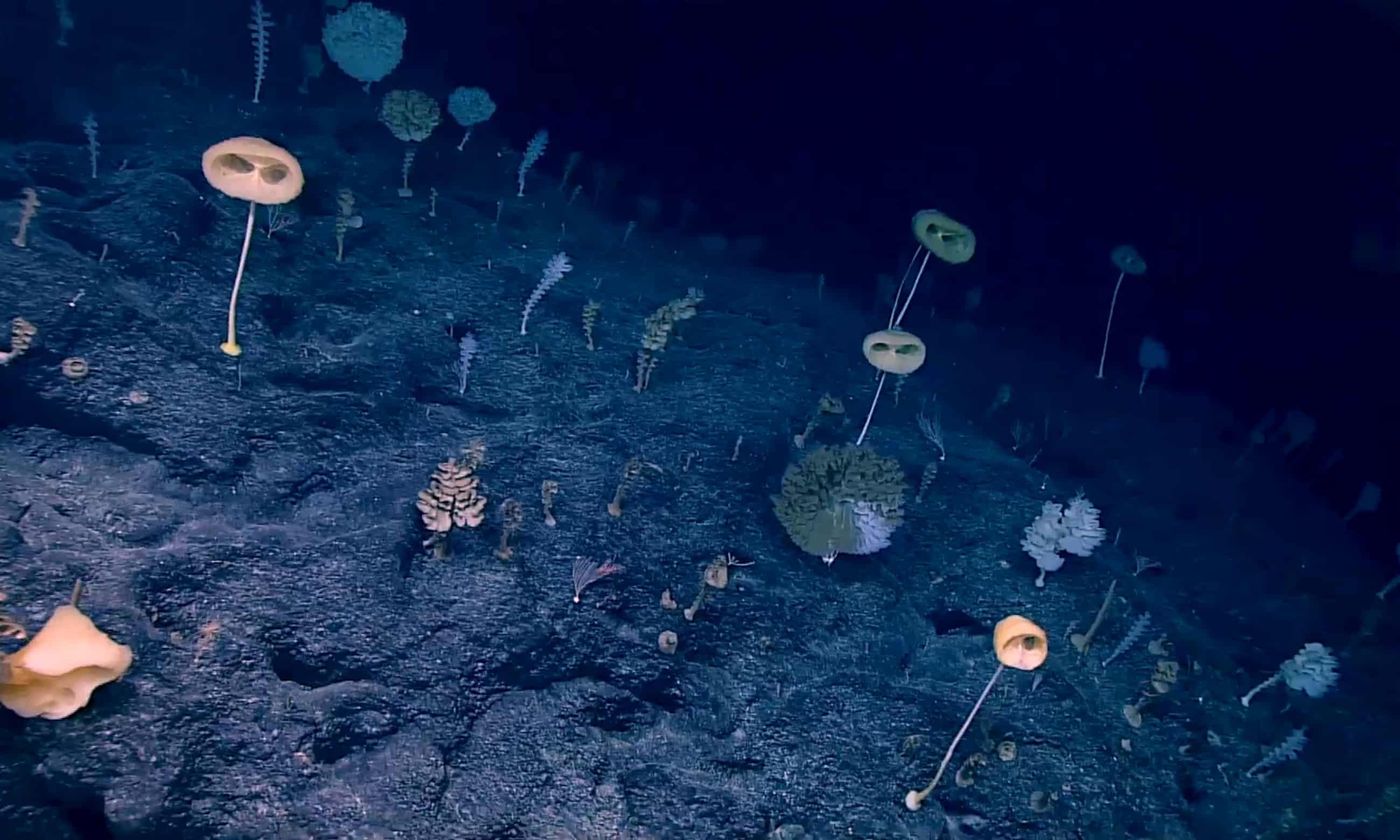
More than a mile beneath the Pacific Ocean, is a seascape of oddly shaped corals and a glass sponge named after ET.
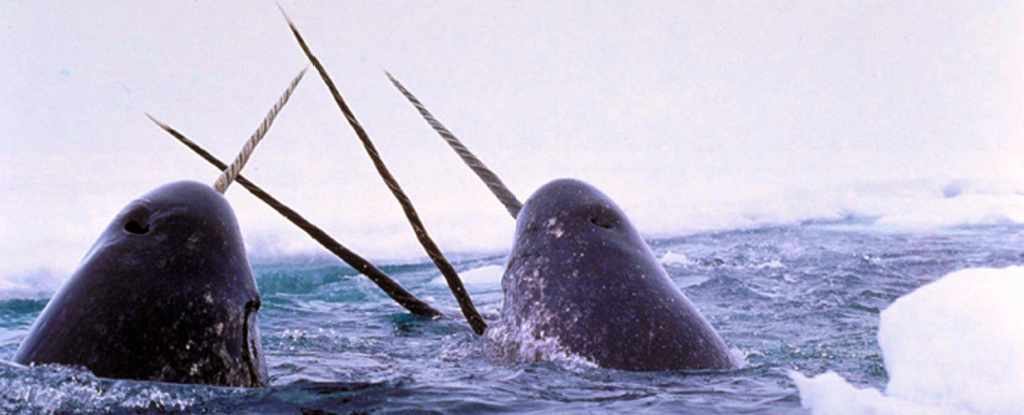
Narwhals are enigmatic marine mammals, fascinating us with their unique appearance and secretive lifestyles under the Arctic sea ice.
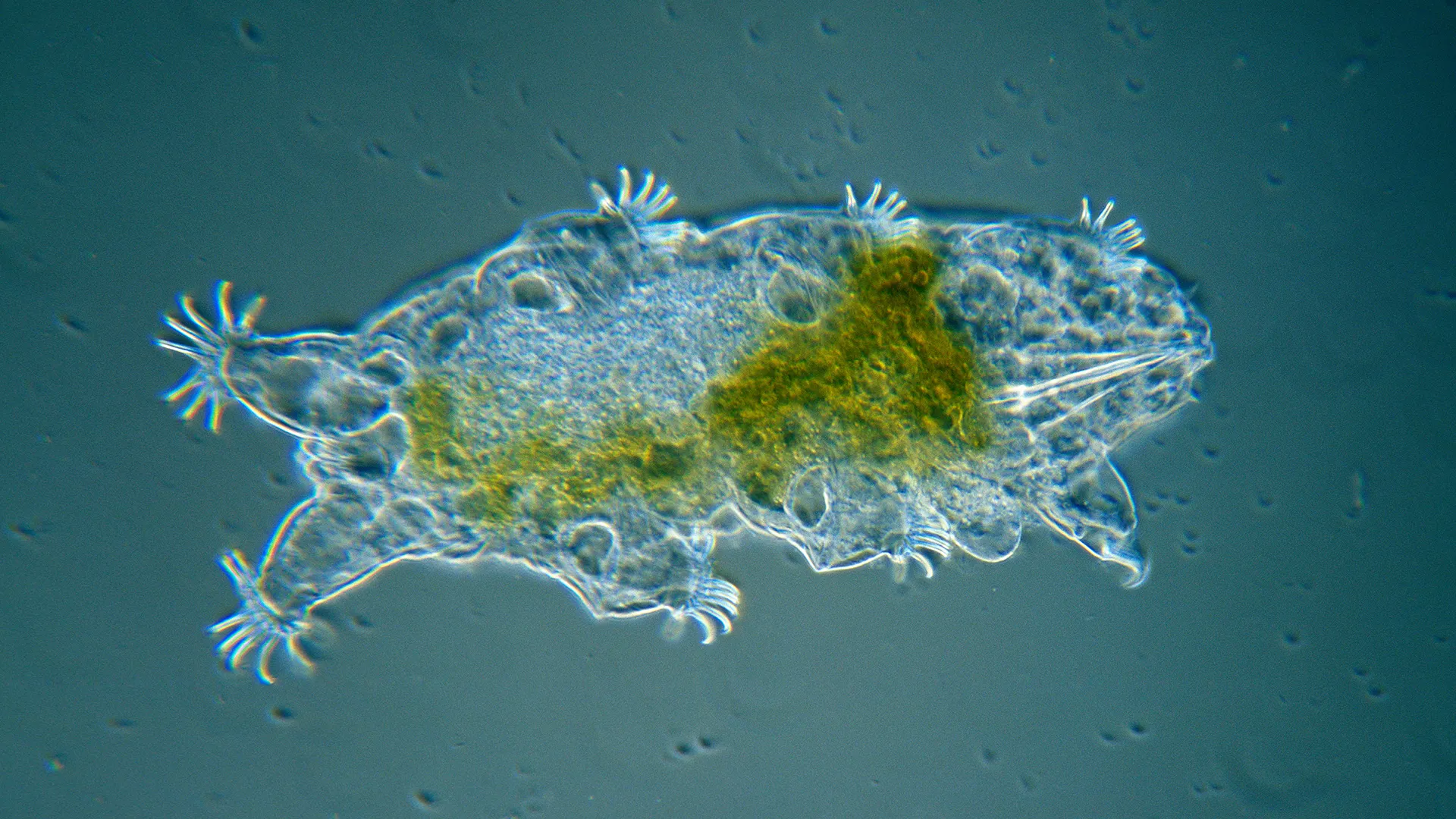
Tiny tardigrades can survive conditions that would kill most other forms of life. By expelling their body’s water and transforming into a seemingly lifeless ball called a tun, they enter a state of dried-up suspended animation in which they can survive for decades without food and water and withstand extreme temperatures, pressures and even the vacuum of space.

A new kind of “phase transition” in water was first proposed 30 years ago in a study by researchers from Boston University. Because the transition has been predicted to occur at supercooled conditions, however, confirming its existence has been a challenge.
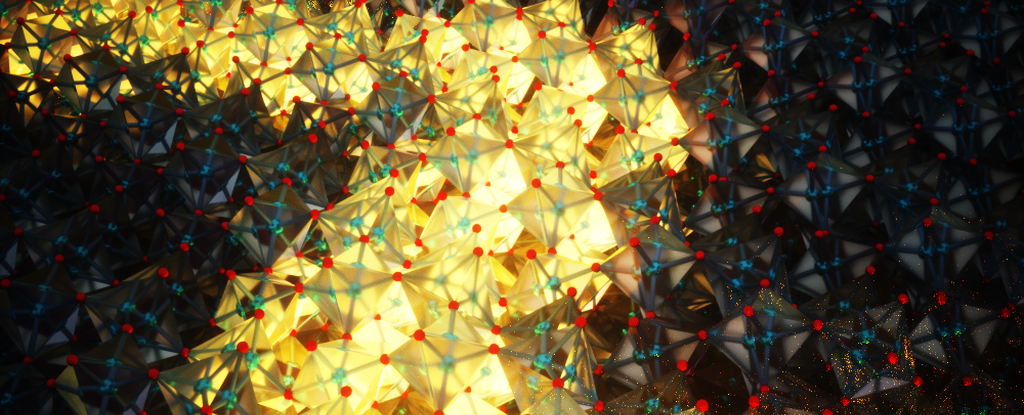
It isn’t alive, and has no structures even approaching the complexity of the brain, but a compound called vanadium dioxide is capable of ‘remembering’ previous external stimuli, researchers have found.
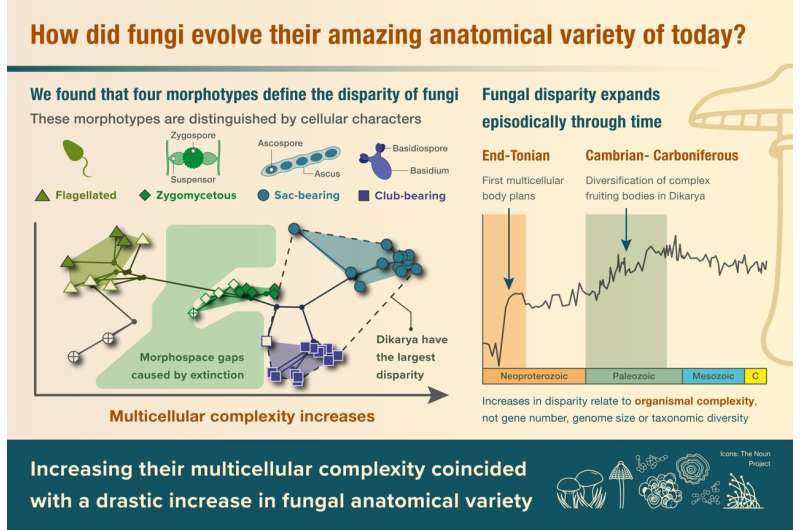
Scientists at the University of Bristol have discovered that the vast anatomical variety of fungi stems from evolutionary increases in multicellular complexity.

A new discovery about jumping spiders could challenge some pretty hefty human assumptions about the cognitive abilities of arthropods.
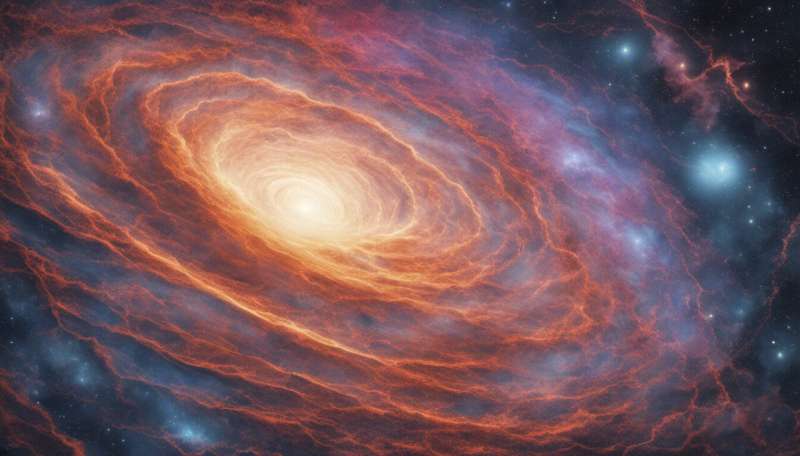
Atomic clocks, combined with precise astronomical measurements, have revealed that the length of a day is suddenly getting longer, and scientists don’t know why.
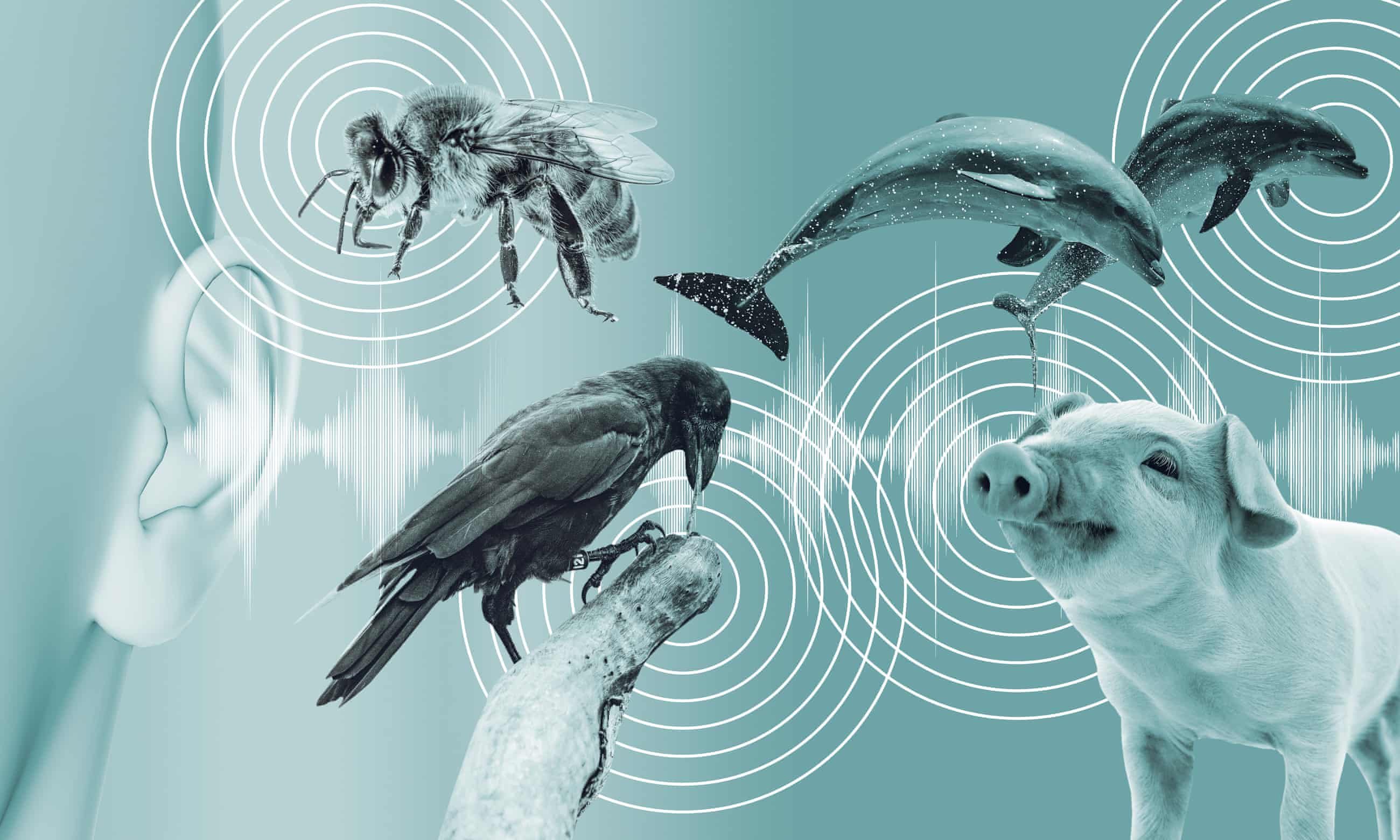
A California-based organisation wants to harness the power of machine learning to decode communication across the entire animal kingdom. But the project has its doubters

Your subjective experience might not end the moment your heart stops, research on near-death experiences suggests.
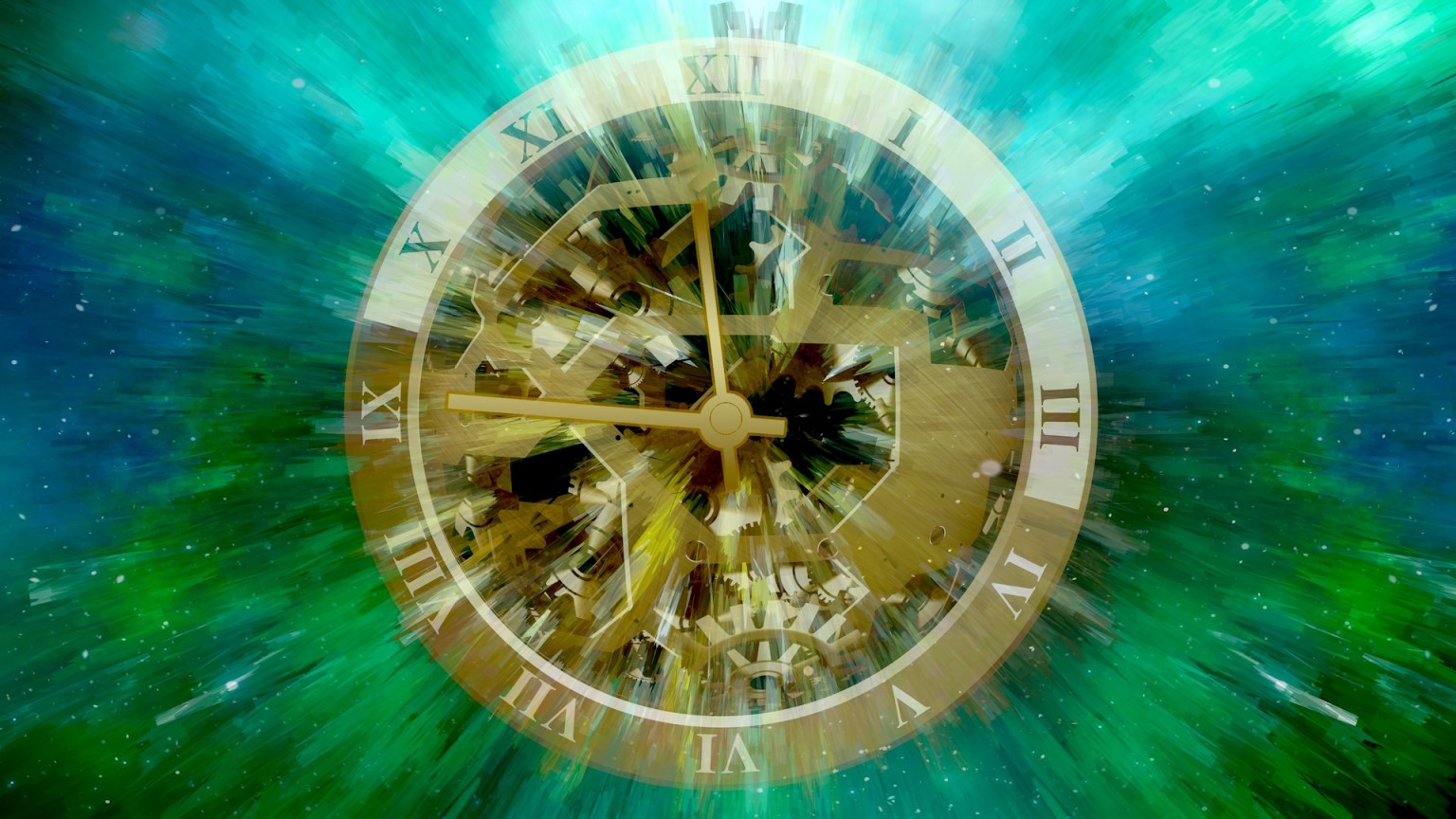
In our Universe, time has been progressing forward, for all observers, ever since the inception of the hot Big Bang. There are a few “arrows of time” that coincide with this, including that the Universe has been expanding and, thermodynamically, that entropy has been increasing. If the Universe instead were to contract and collapse, could that lead to time running backwards?

While studying diamonds inside an ancient meteorite, scientists have found a strange, interwoven microscopic structure that has never been seen before.
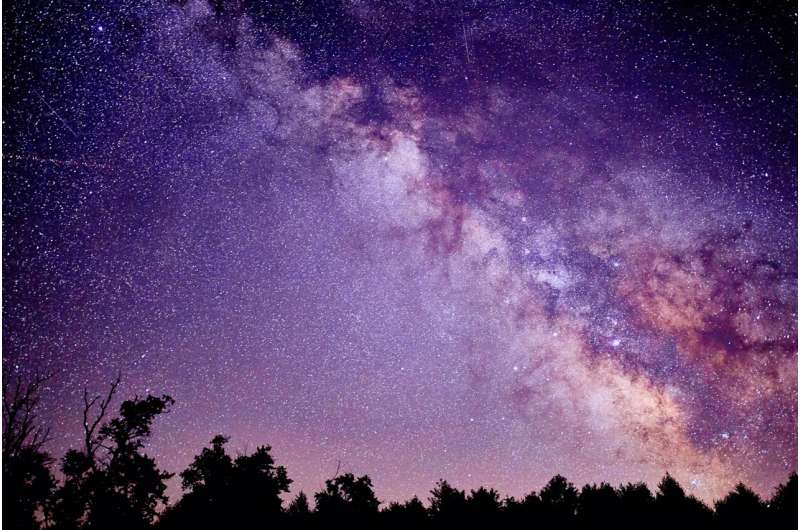
A team of researchers with affiliations to multiple institutions in the U.S. has found that the metal content of Fermi bubble high-velocity clouds does not match with material in the Milky Way’s galactic center, suggesting that at least some of the material comes from somewhere else.
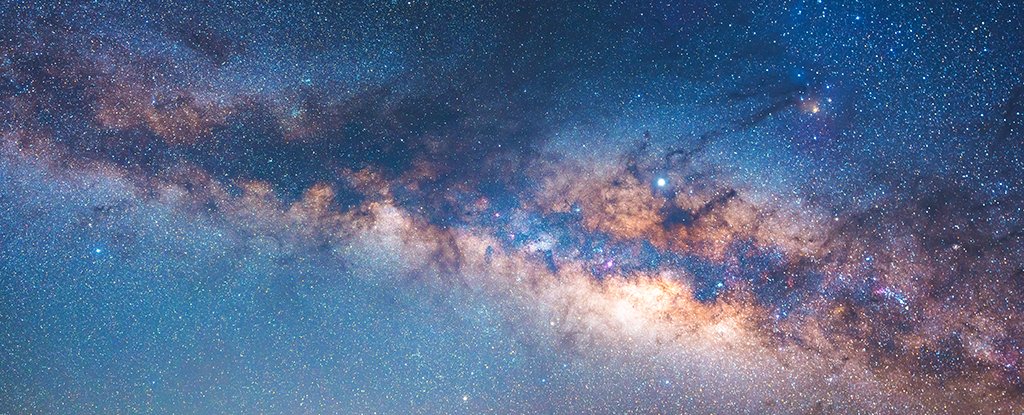
There’s alcohol up in space. No, it’s not bottles of wine discarded by careless astronauts; rather, it’s in microscopic molecular form. Now researchers think they’ve discovered the largest alcohol molecule in space yet, in the form of propanol.
A new study has identified an important molecular analogy that could explain the remarkable intelligence of these invertebrates
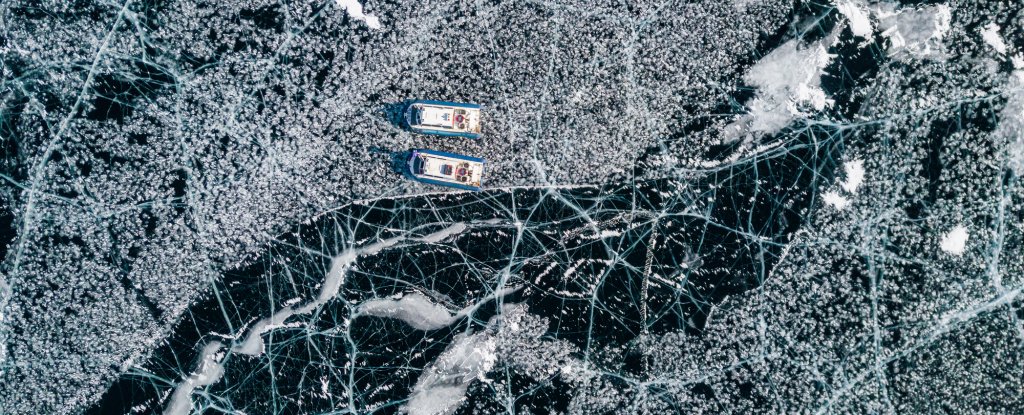
Fed by waters that pass through 600 meters (1,970 ft) of permafrost, the sub-zero, salty, virtually oxygen-free Lost Hammer Spring in the Canadian Arctic is one of the harshest places on Earth. Even here, however, life finds a way.








